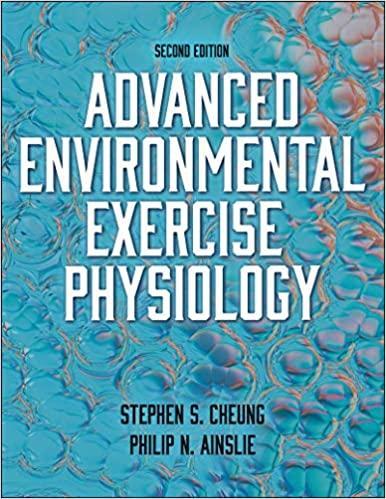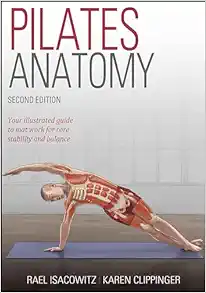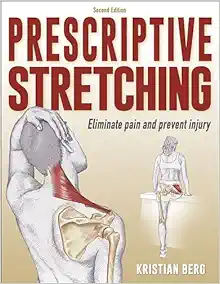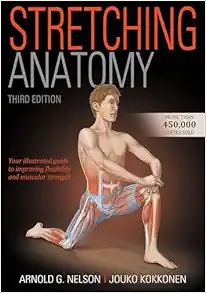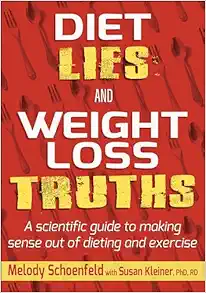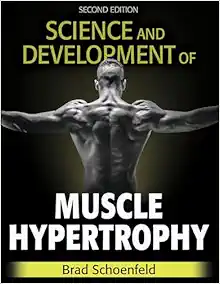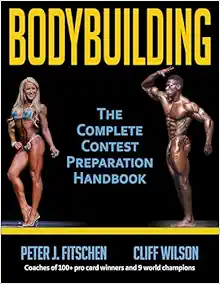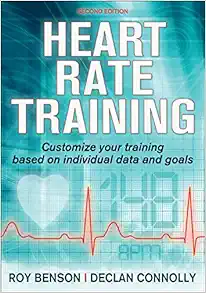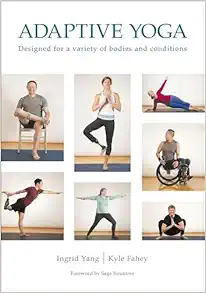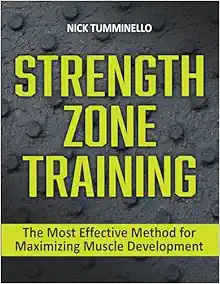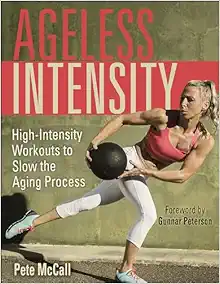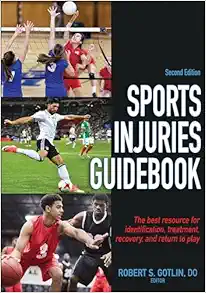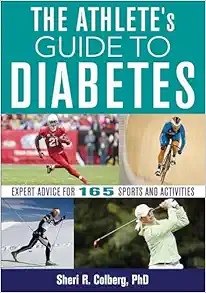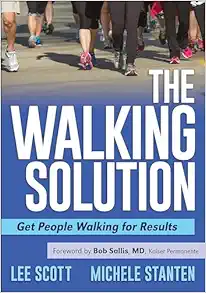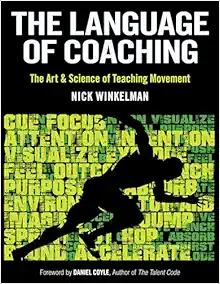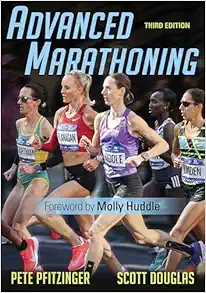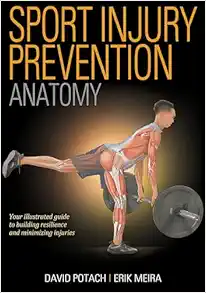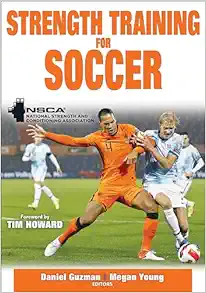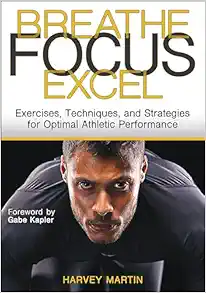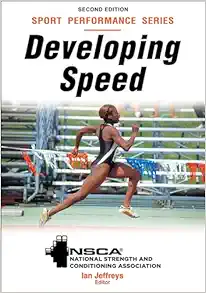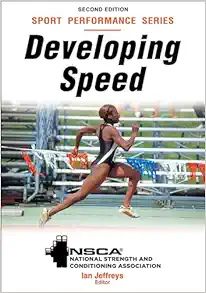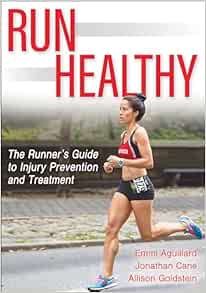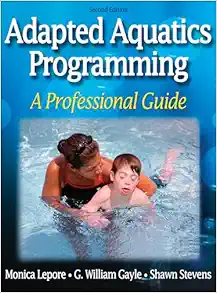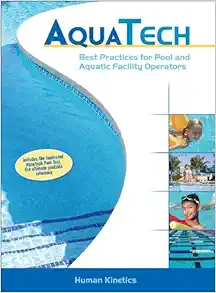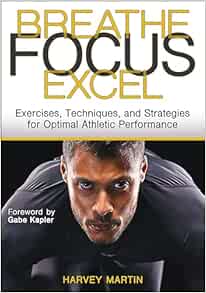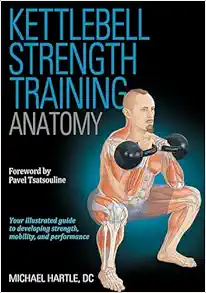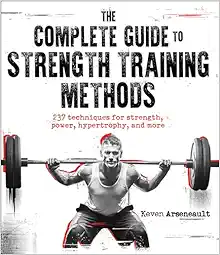Advanced Environmental Exercise Physiology Second Edition
12 $
Delivery time: Maximum to 1 hours
Advanced Environmental Exercise Physiology Second Edition
Among the issues explored in this text are the effects of heat, hydration, and cold in the thermal environment; diving, altitude training, and other pressure effects on the human system; and the influences that pollution and air quality have on exercise. The text also explores the microgravity (space) environment and chronobiological rhythms. The second edition includes new chapters on heat adaptation and therapy, breath-hold diving, physiological adjustments to acute hypoxia, sex differences in environmental response, and cross-adaptation.
Through Advanced Environmental Exercise Physiology, Second Edition, readers will learn the following:
- The initial physiological responses upon exposure to an environment that a person is not adapted to
- How the body adapts to repeated exposure to an environment
- How various environments affect the ability to exercise and work
- Individual variability in response to stressful environments
- Countermeasures that people can take to minimize the impact of environmental stressors
Advanced Environmental Exercise Physiology, Second Edition, contains twice the number of figures and illustrations from the previous edition to offer better visualization and explanation of the content. New learning aids include chapter objectives, chapter summaries, and review questions to enhance reader comprehension. Sidebars throughout the text highlight lively areas of current research and debate to stimulate further investigation.
Supported by evidence-based information and numerous references, Advanced Environmental Exercise Physiology, Second Edition, addresses the primary environmental factors affecting people when they are working, exercising, and competing in sport. By linking research with recommendations for real-world situations, this text serves as an invaluable resource for students and professionals alike.
Product Details
Product Details
- Publisher : Human Kinetics; Second edition (April 16, 2021)
- Language : English
- Digital eBook : 296 pages
Related Products
Basic Medical Book
Electrocardiography of Channelopathies: A Primer for the Clinical Cardiologist (PDF)
Basic Medical Book
Creative Thinking And Arts-Based Learning: Preschool Through Fourth Grade, 7th Edition (PDF)
Basic Medical Book
Basic Medical Book
Basic Medical Book
Basic Medical Book
Secrets Of Successful Program Design: A How-To Guide For Busy Fitness Professionals (PDF)
Basic Medical Book
Basic Medical Book
Basic Medical Book
Strength Zone Training: The Most Effective Method For Maximizing Muscle Development (PDF)
Basic Medical Book
Basic Medical Book
Basic Medical Book
Basic Medical Book
Velocity-Based Training: How To Apply Science, Technology, And Data To Maximize Performance (PDF)
Basic Medical Book
All-Pro Performance Training: An Insider’s Guide To Preparing For The Football Combine (PDF)
Basic Medical Book
The Language Of Coaching: The Art & Science Of Teaching Movement (PDF)
Basic Medical Book
Basic Medical Book
2023 & 2024 NIRSA Flag & Touch Football Rules Book & Officials’ Manual, 21st Edition (PDF)
Basic Medical Book
Achieving Excellence: Mastering Mindset For Peak Performance In Sport And Life (PDF)
Basic Medical Book
Neurodegenerative Diseases: Translational Models, Mechanisms, And Therapeutics (PDF)
Basic Medical Book
Breathe, Focus, Excel: Exercises, Techniques, And Strategies For Optimal Athletic Performance (PDF)
Basic Medical Book
Developing Speed (EPUB)- NSCA – National Strength & Conditioning Association, 2nd Edition
Basic Medical Book
Developing Speed – NSCA -National Strength & Conditioning Association, 2nd Edition (PDF)
Basic Medical Book
Personal Best Running: Coach Coogan’s Strategies For The Mile To The Marathon (PDF)
Basic Medical Book
Run Healthy: The Runner’s Guide To Injury Prevention And Treatment (PDF)
Basic Medical Book
Smarter Recovery: A Practical Guide To Maximizing Training Results (PDF)
Basic Medical Book
Basic Medical Book
Adapted Aquatics Programming: A Professional Guide, 2nd Edition (PDF)
Basic Medical Book
Genetics Primer For Exercise Science And Health (Primers In Exercise Science) (EPUB)
Basic Medical Book
Aquatech: Best Practices For Pool And Aquatic Facility Operators (PDF)
Basic Medical Book
Becoming A Sustainable Runner: A Guide To Running For Life, Community, And Planet (PDF)
Basic Medical Book
Breathe, Focus, Excel: Exercises, Techniques, And Strategies For Optimal Athletic Performance (EPUB)
Basic Medical Book
Basic Medical Book
Active Games For Children On The Autism Spectrum: Physical Literacy For Life (PDF)




